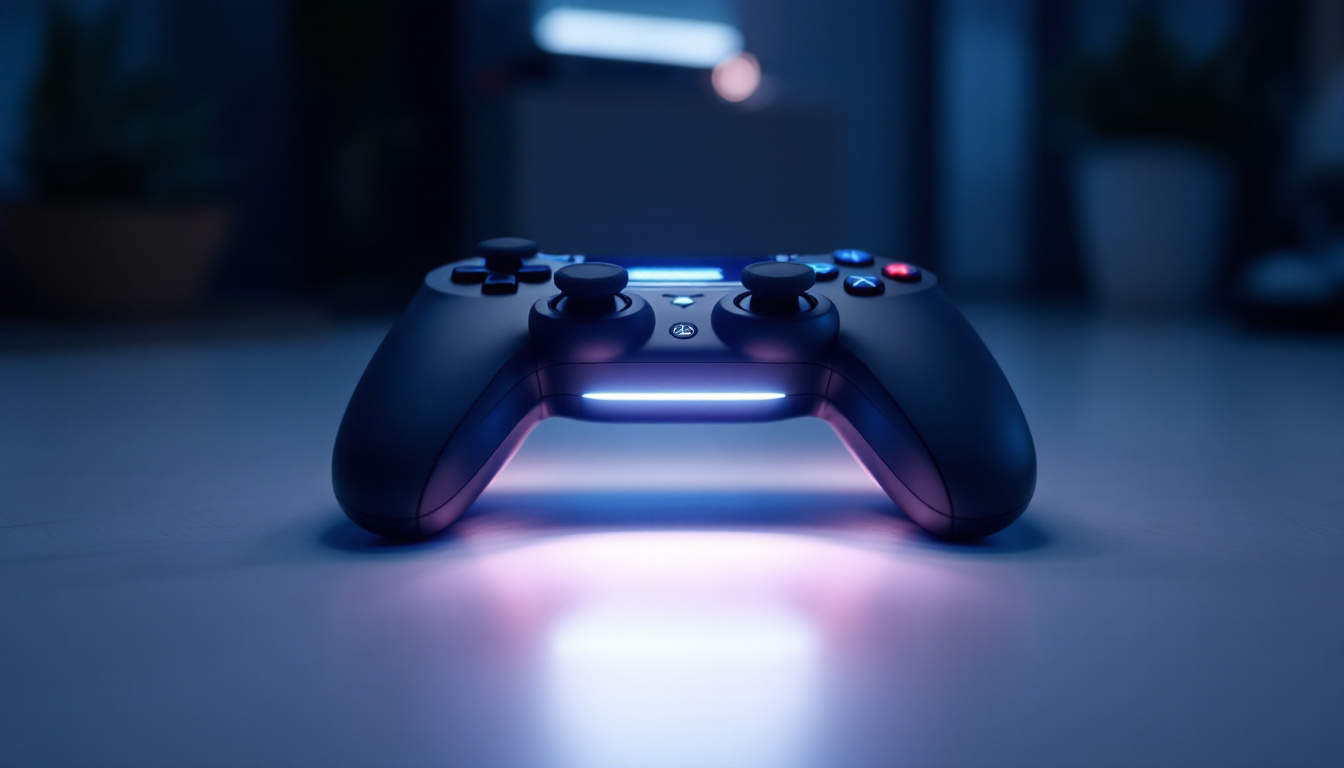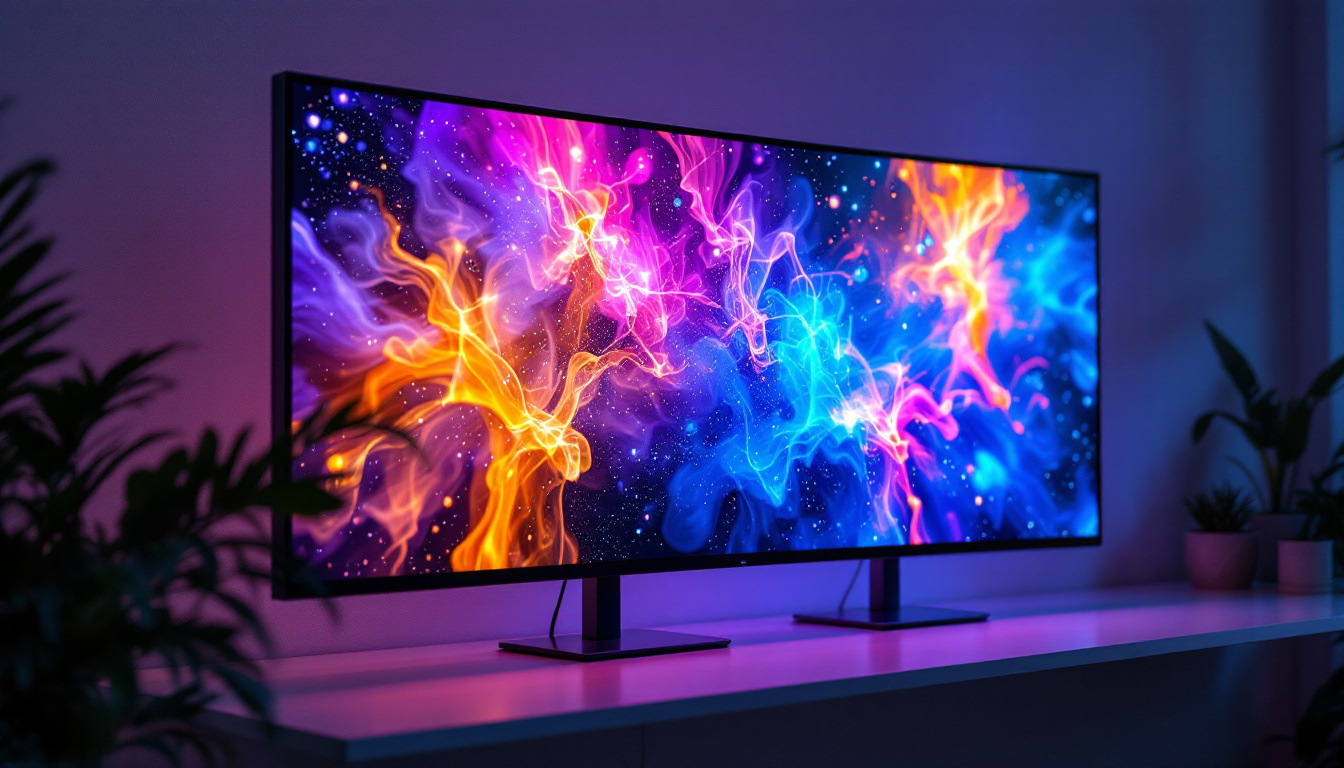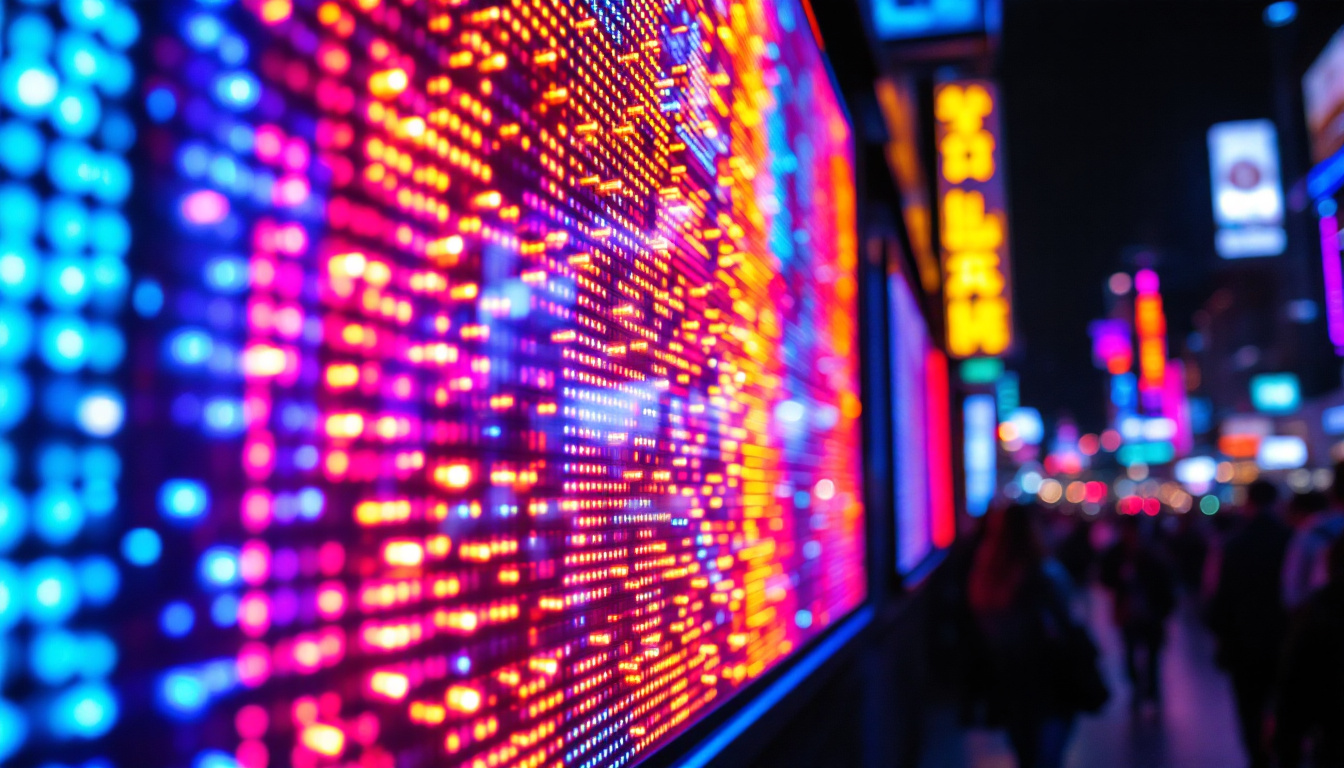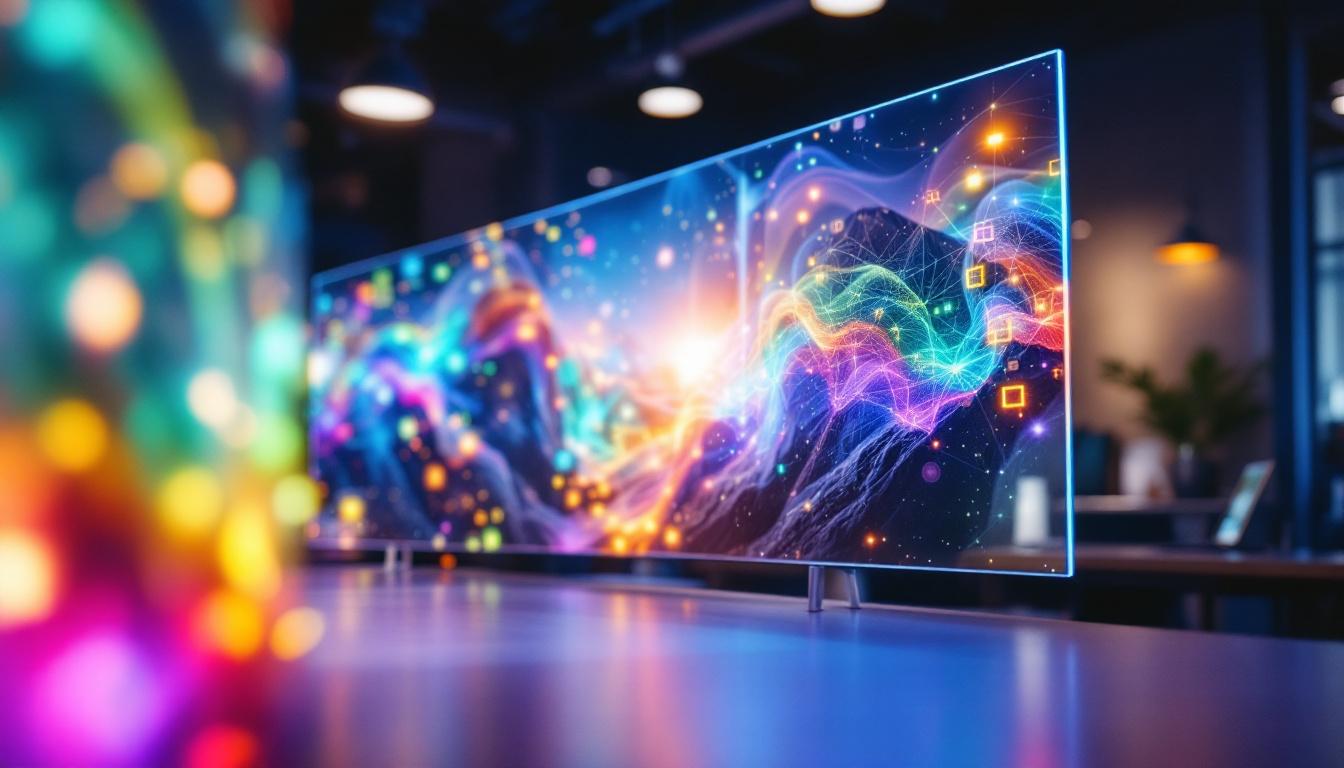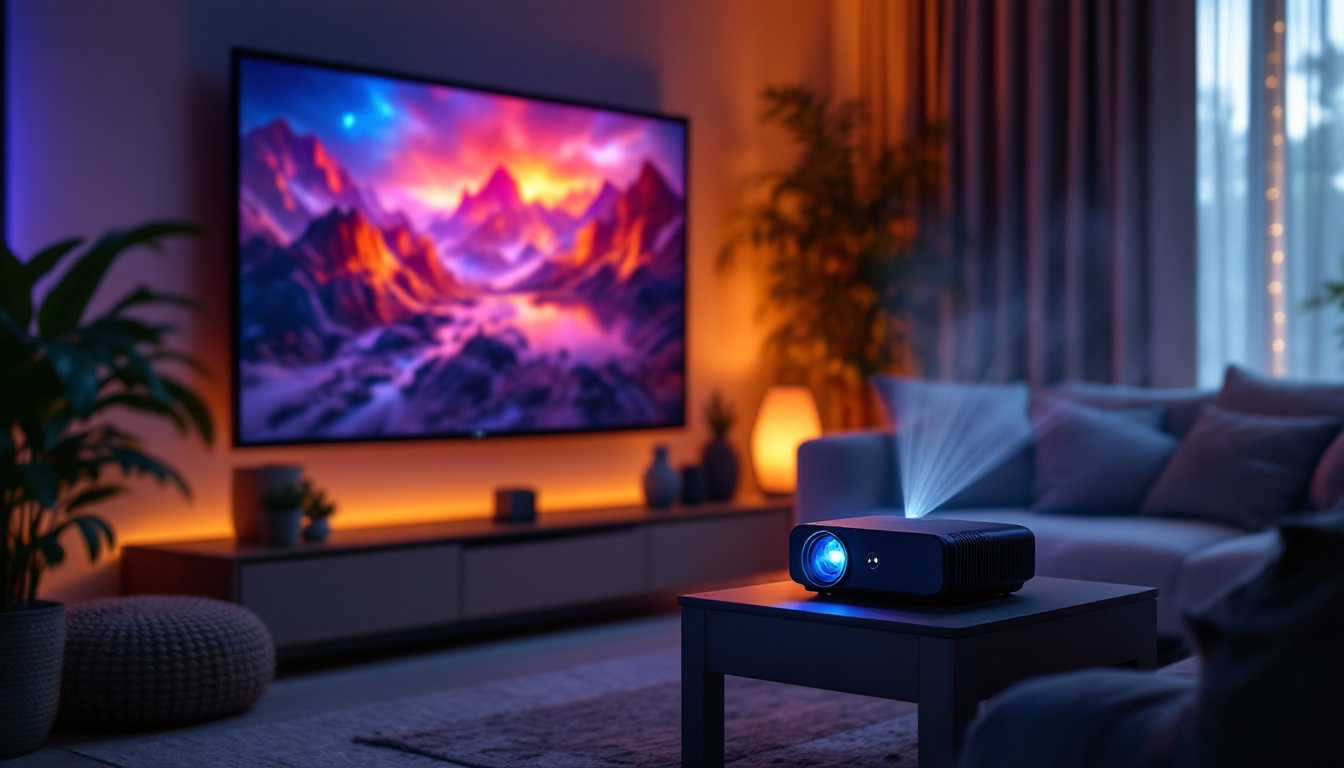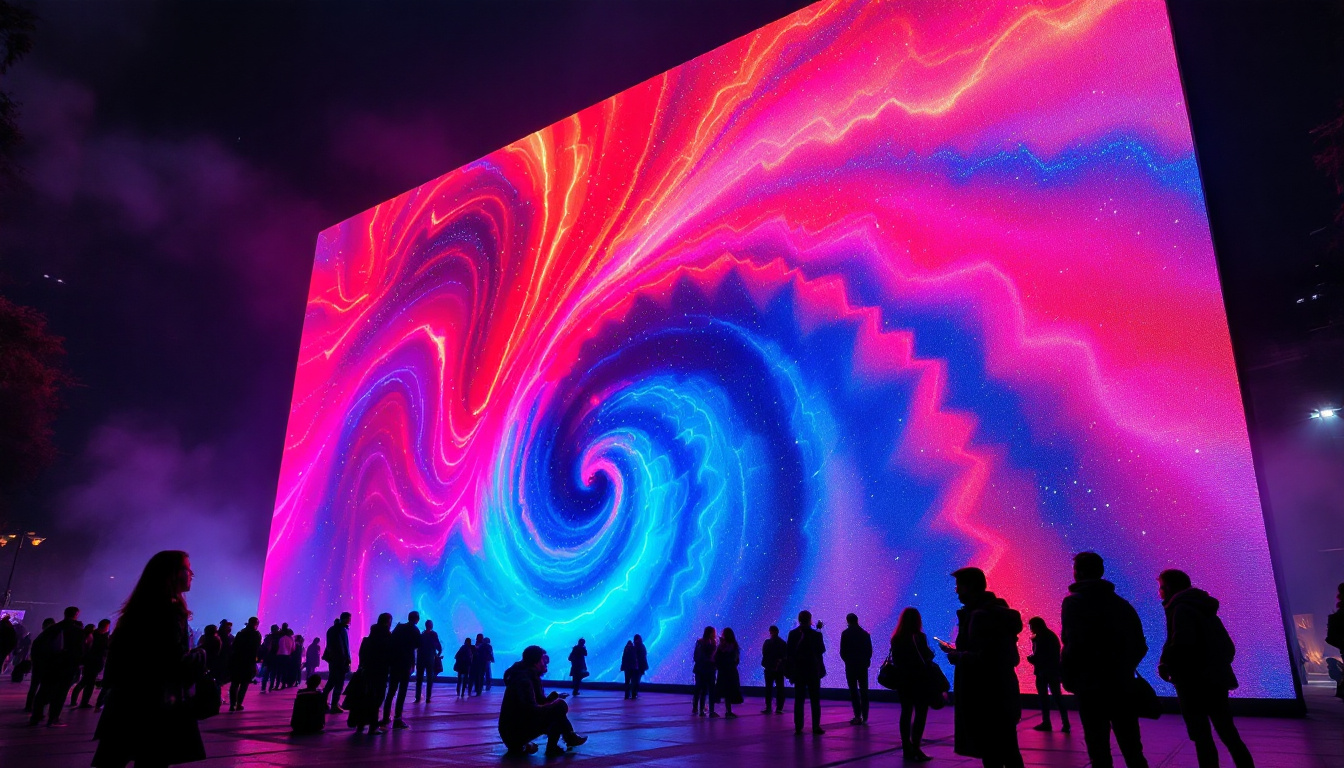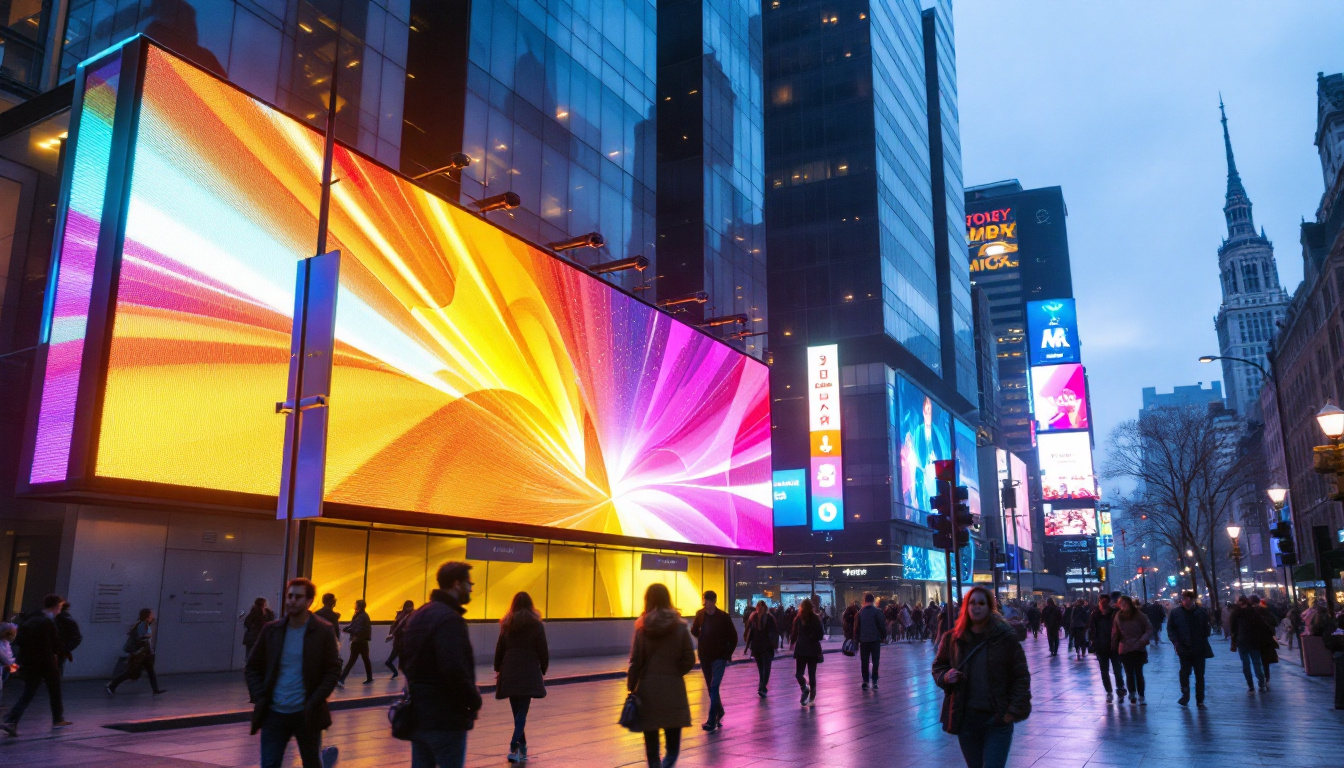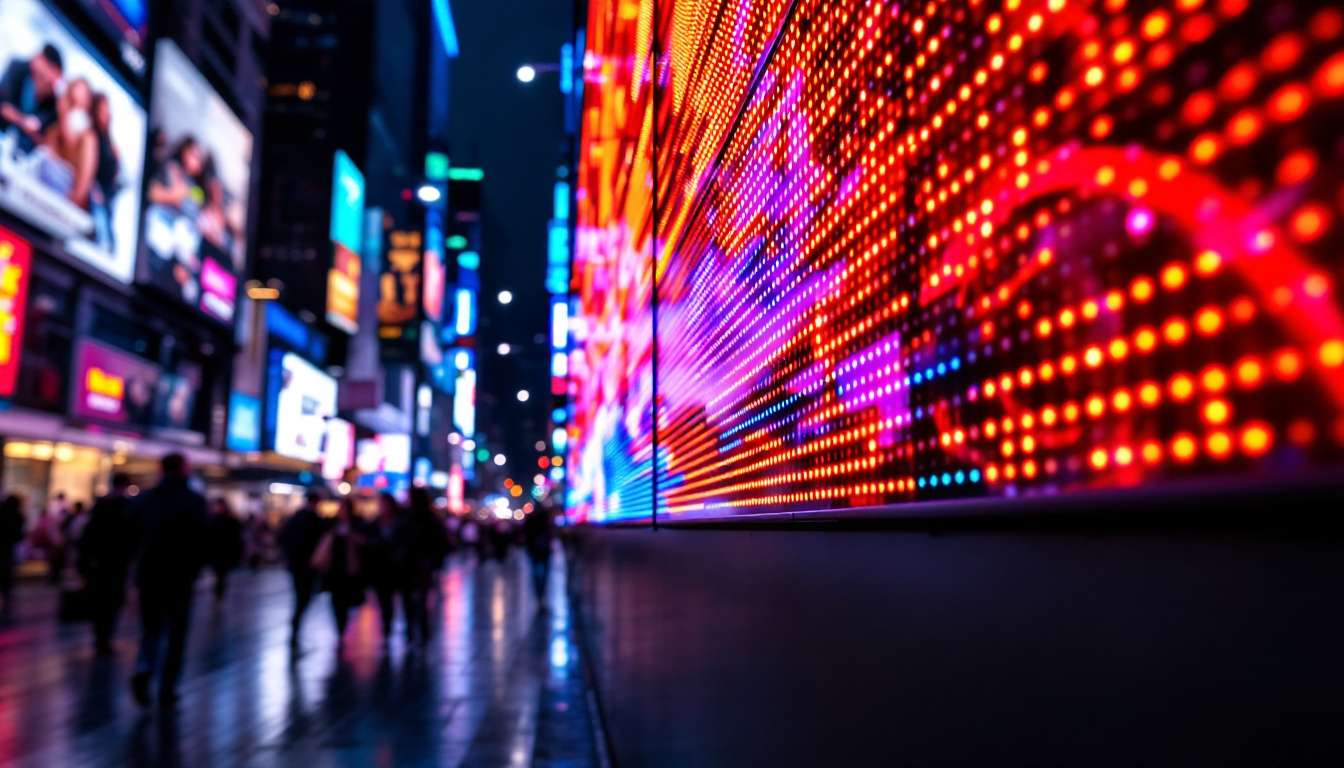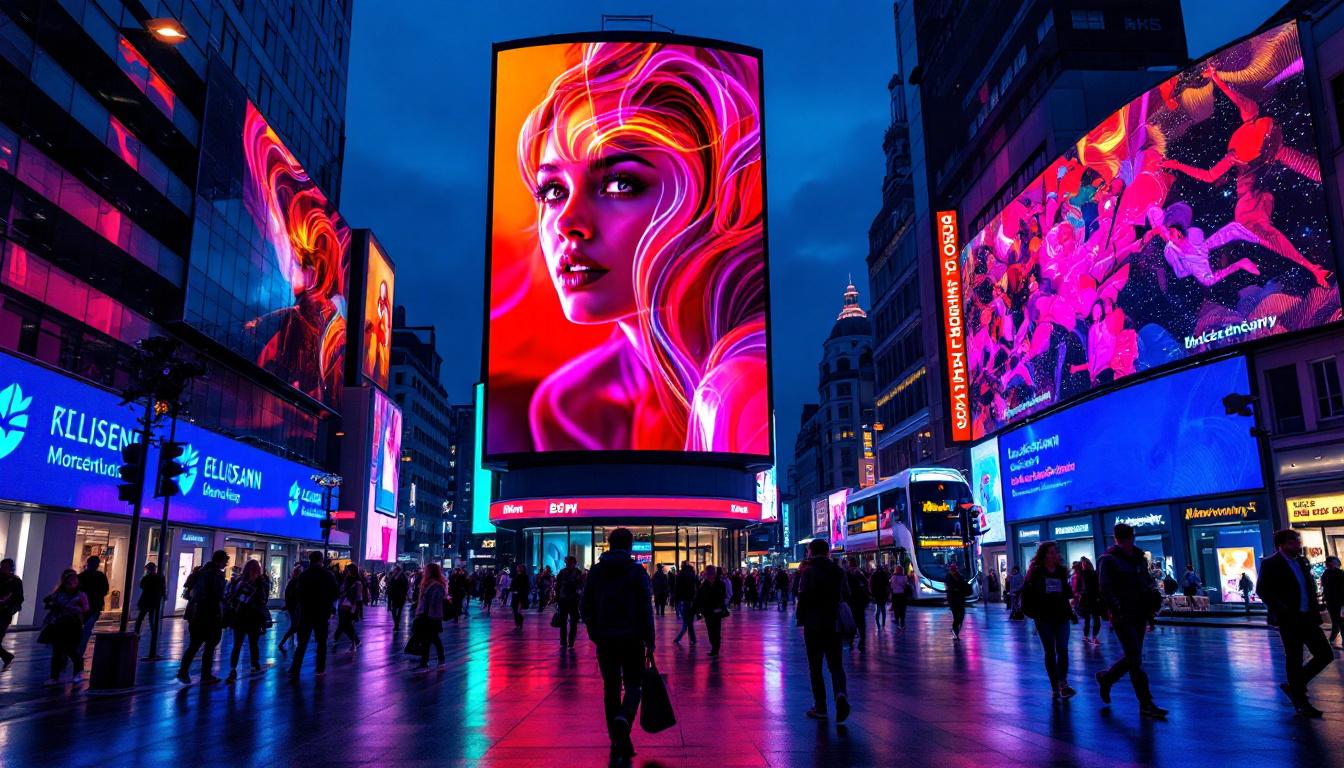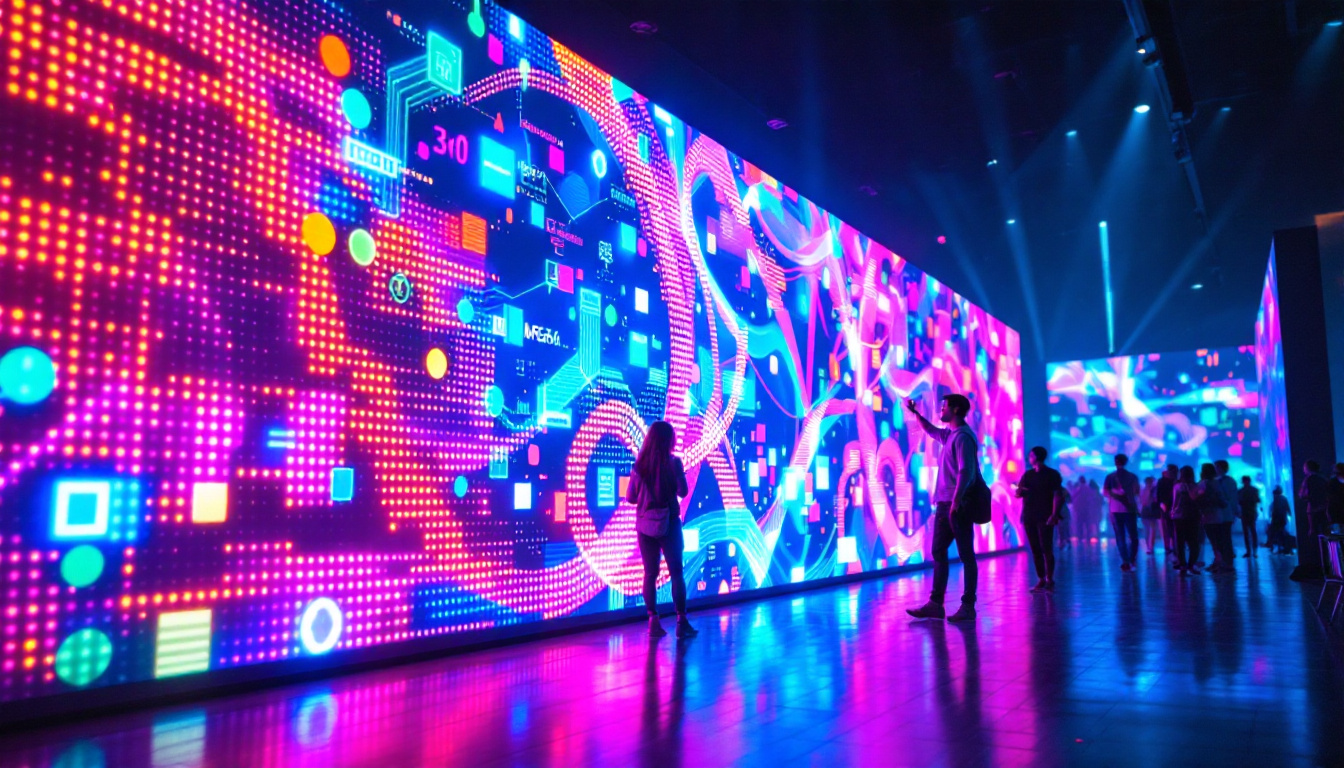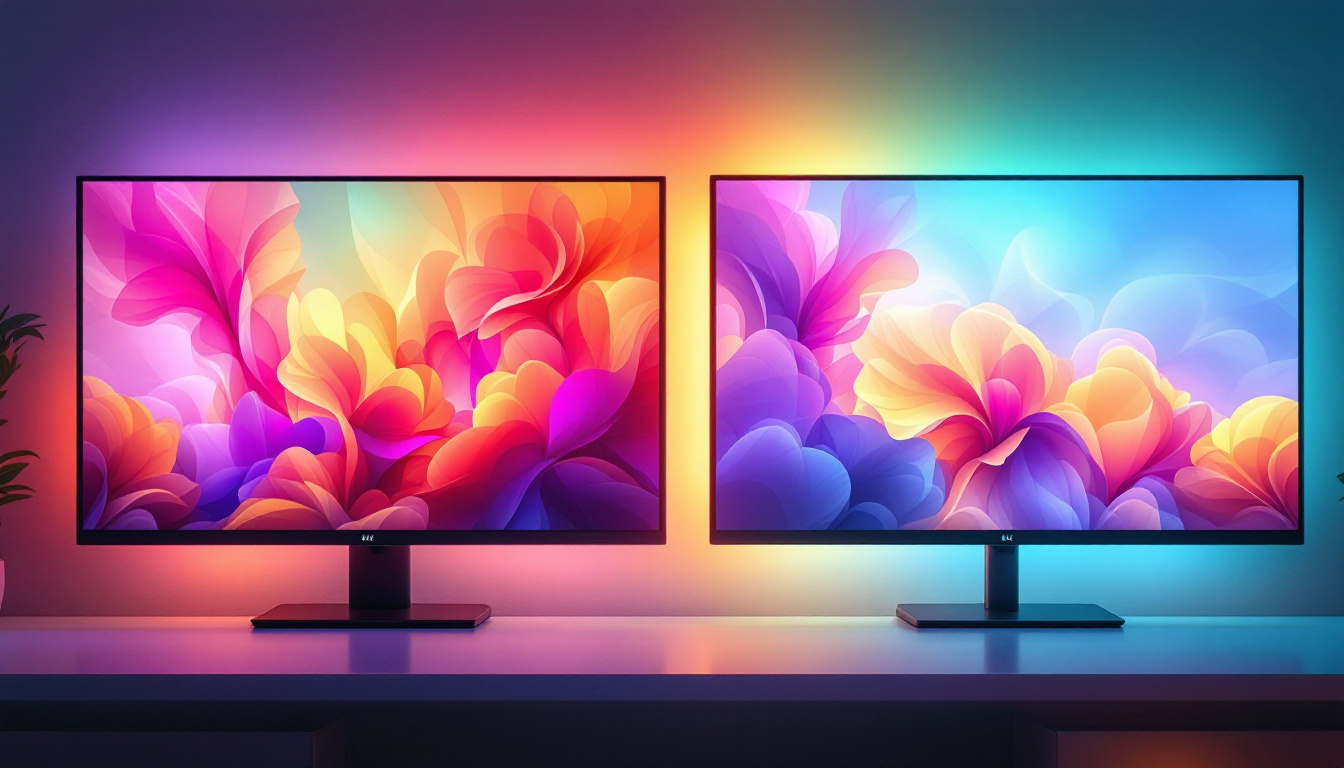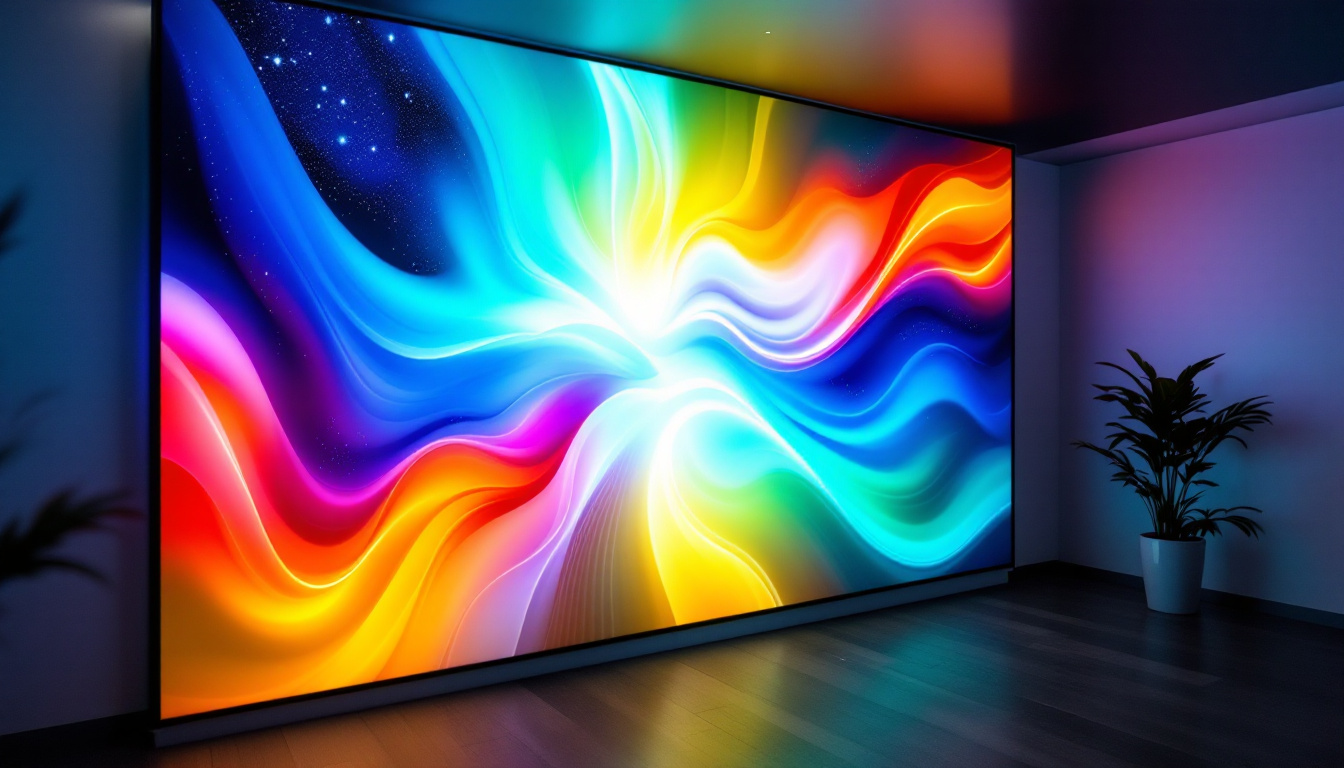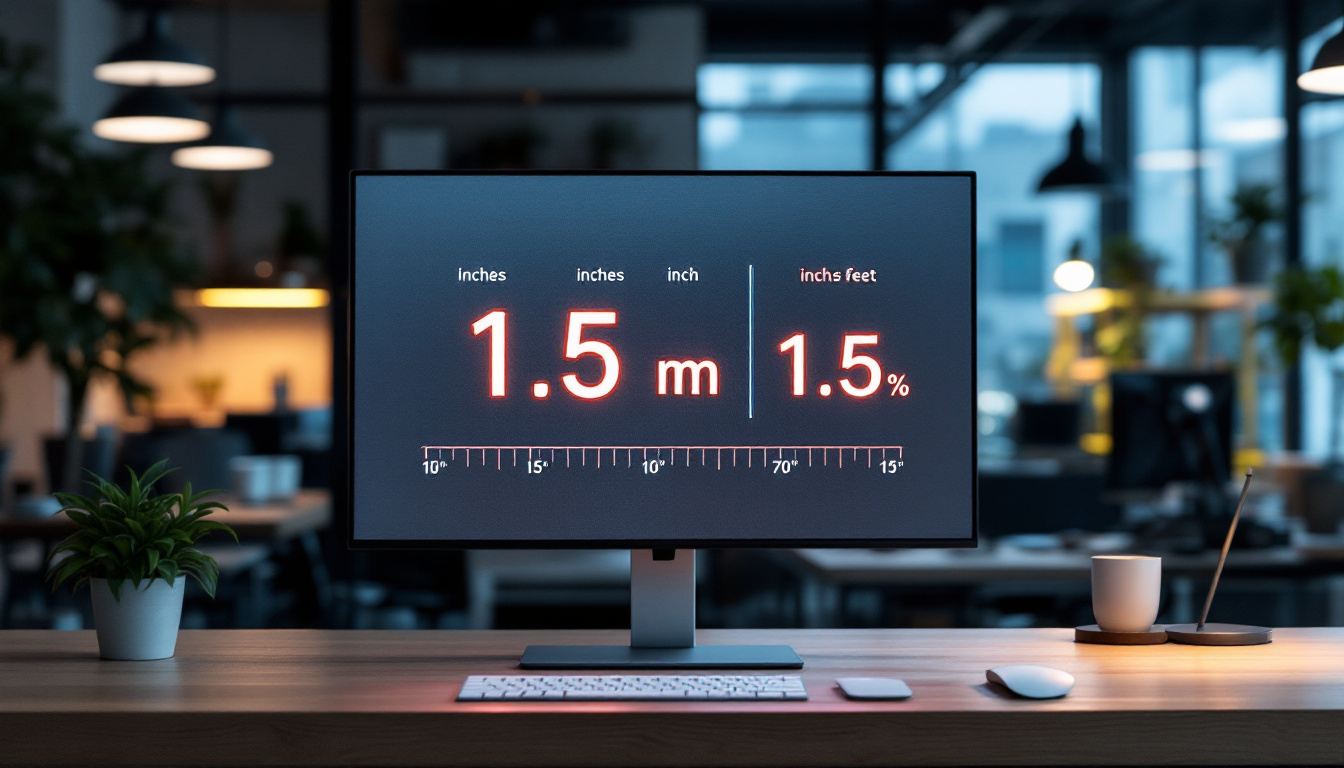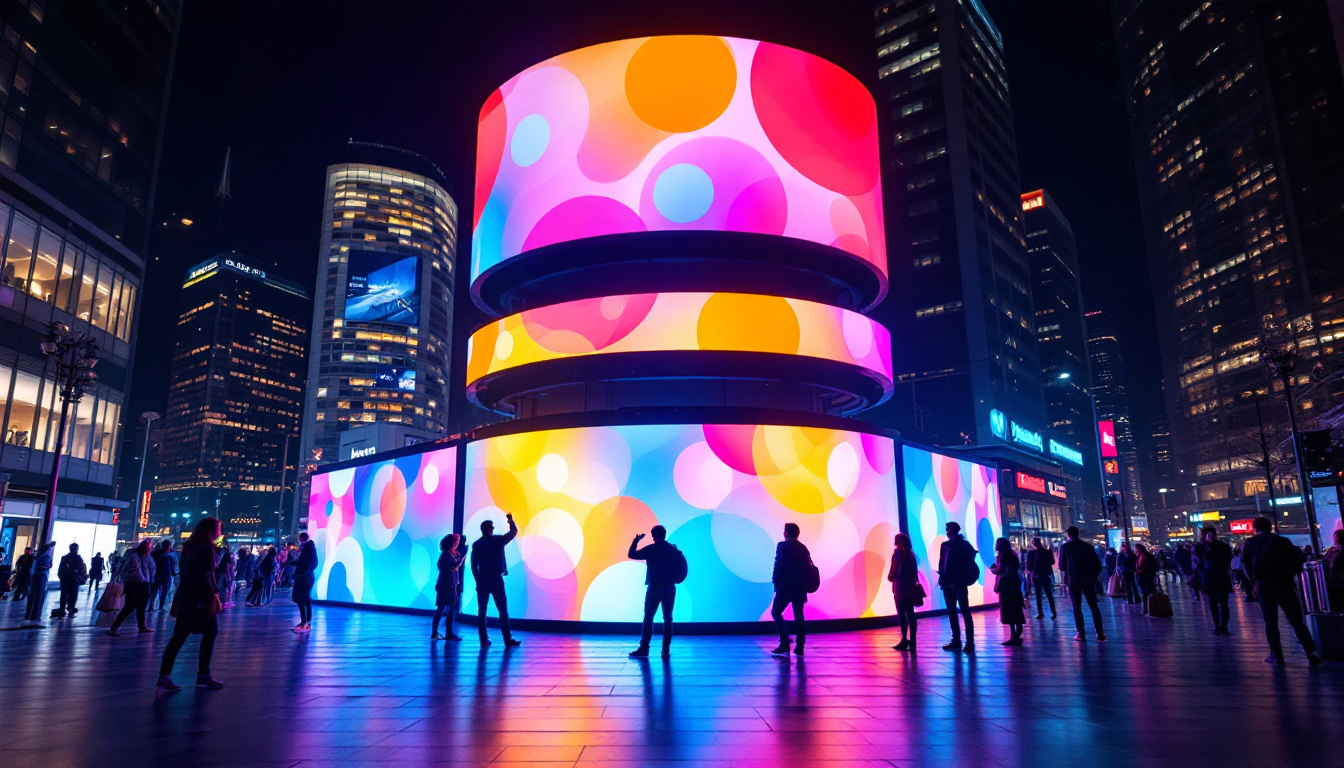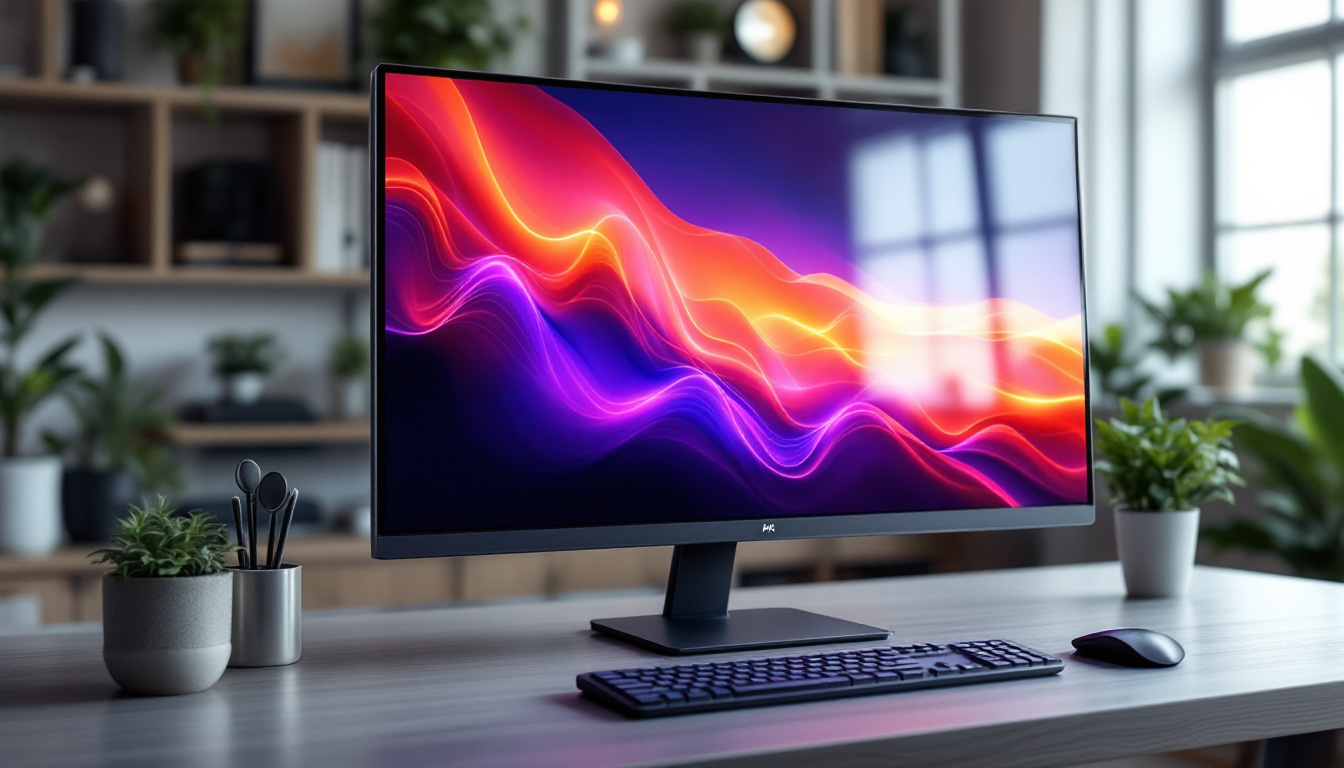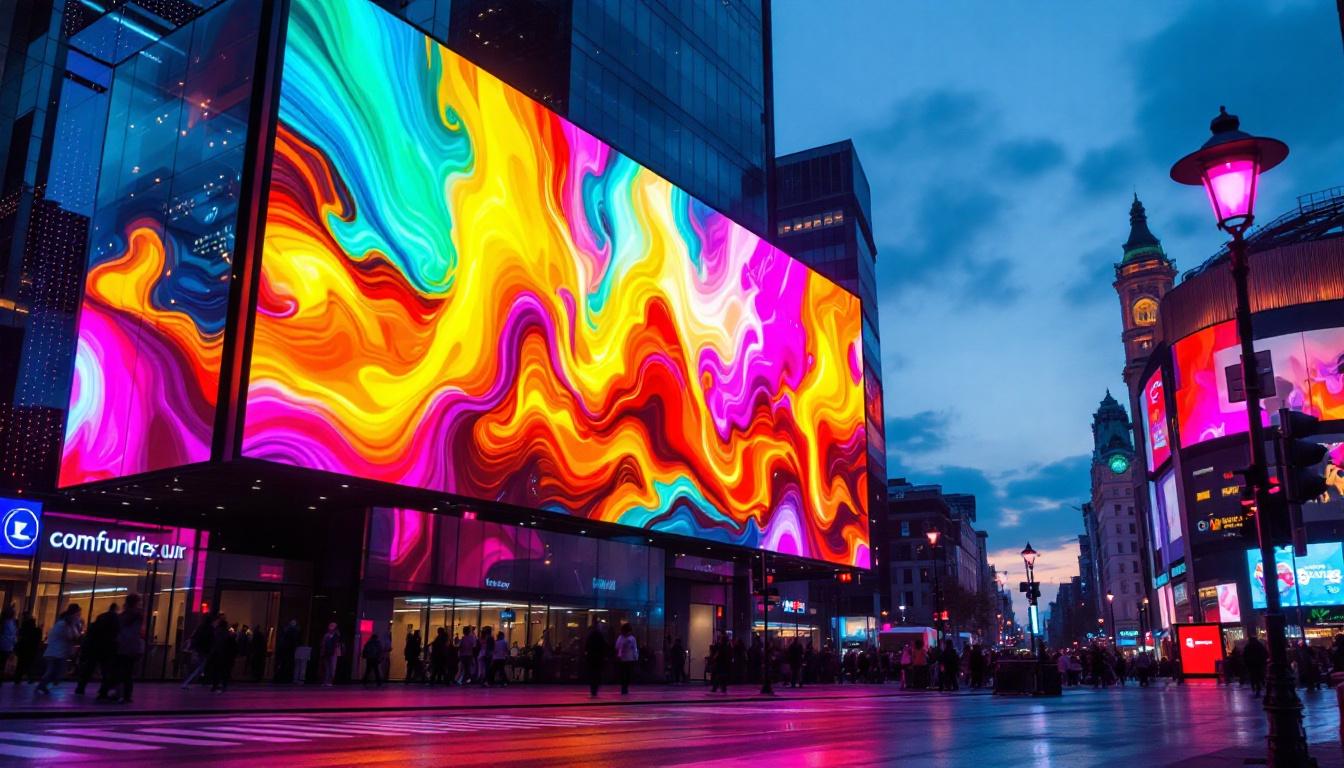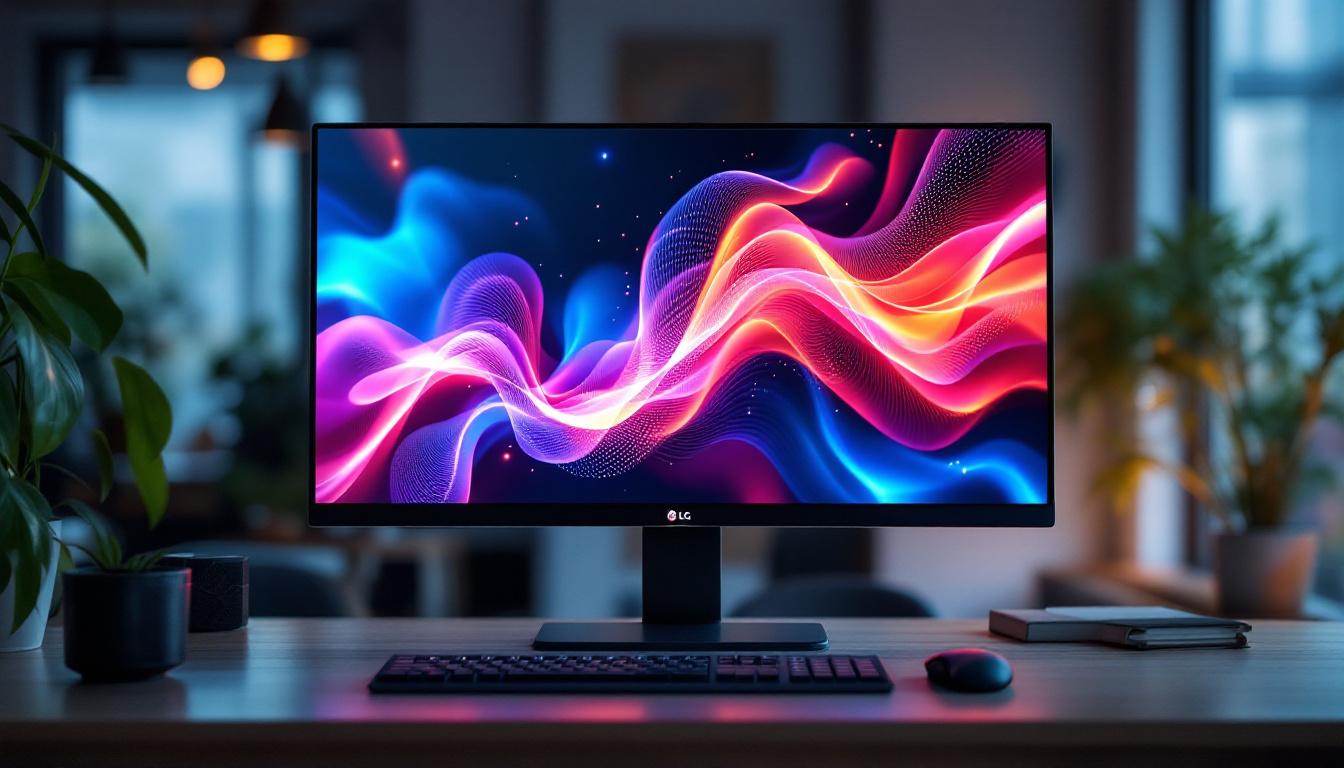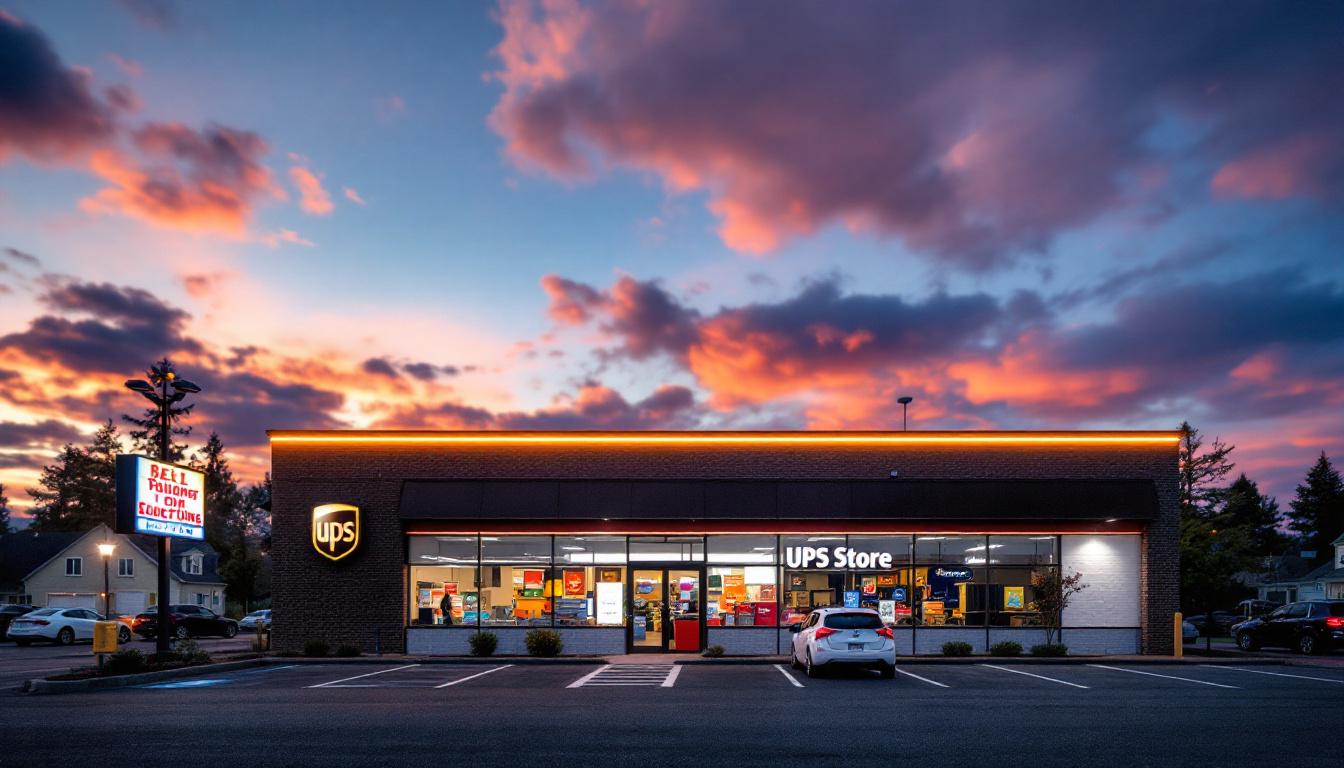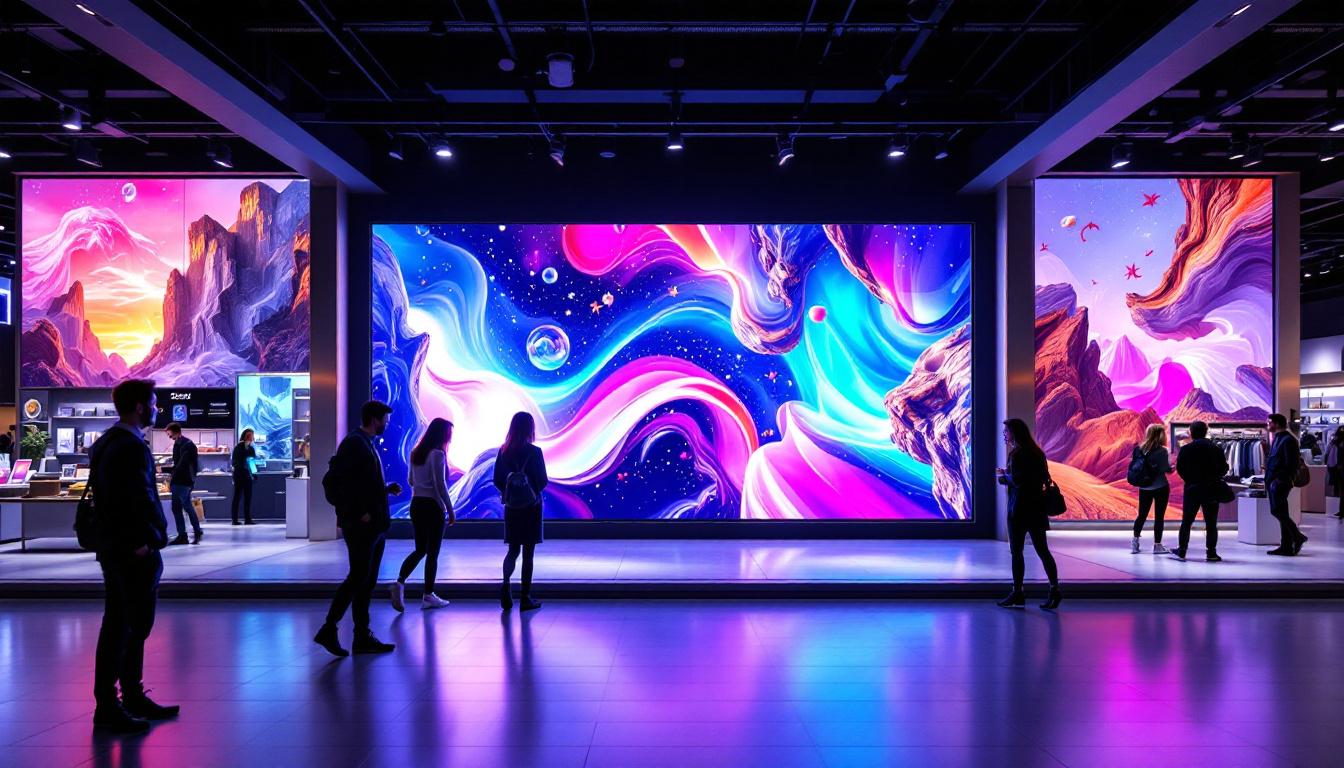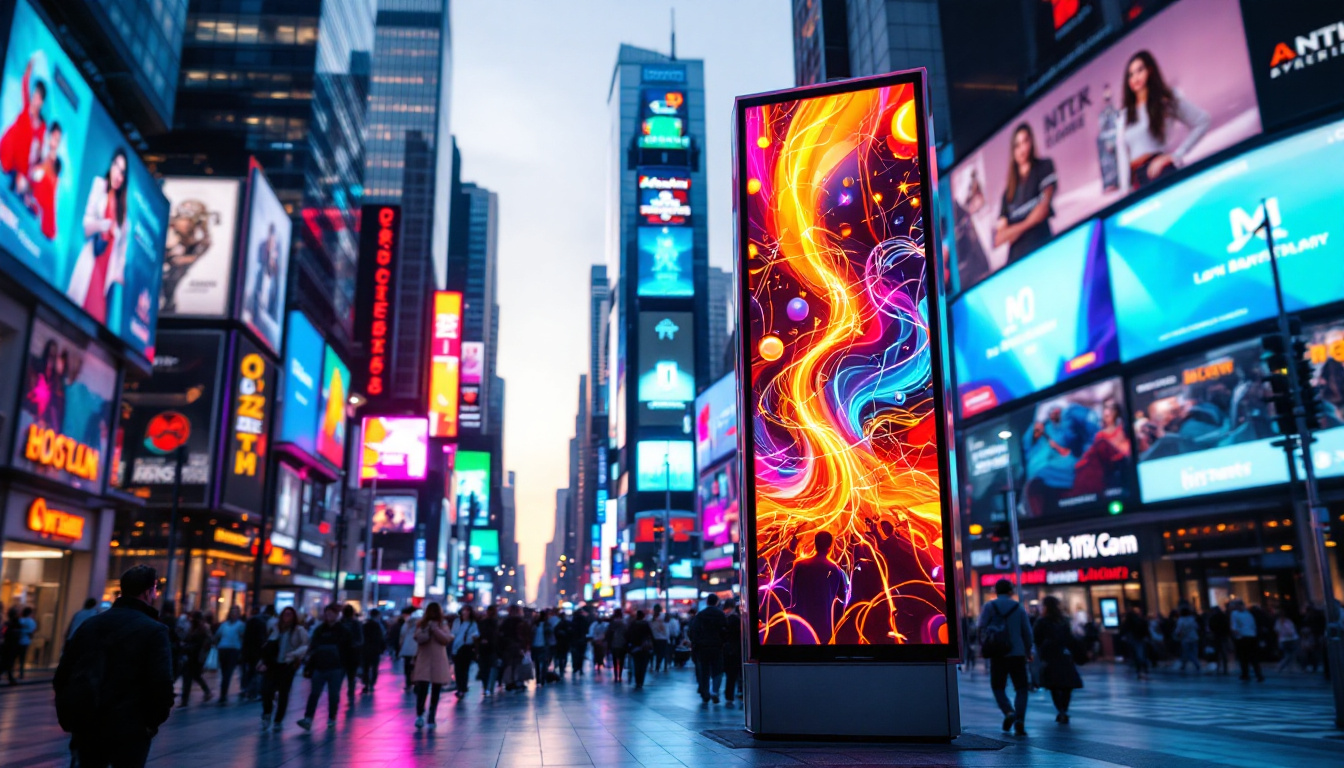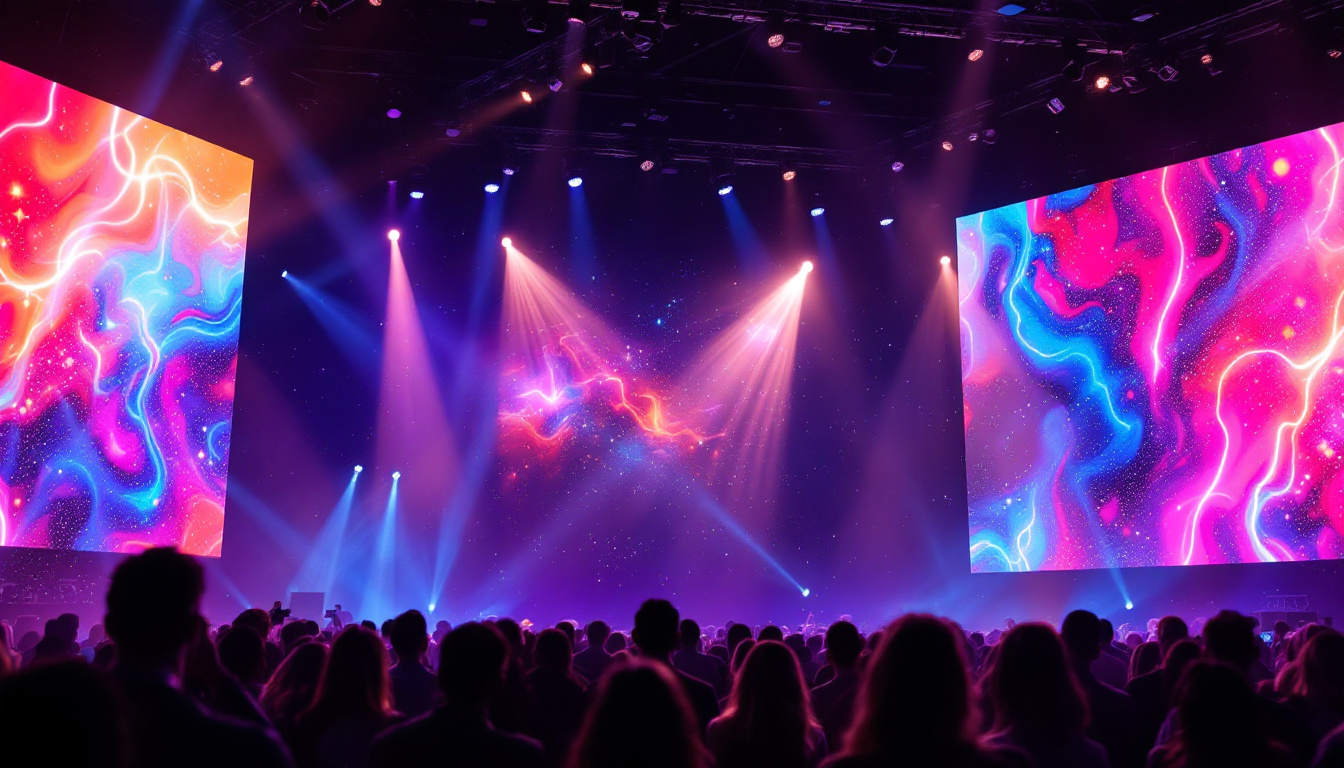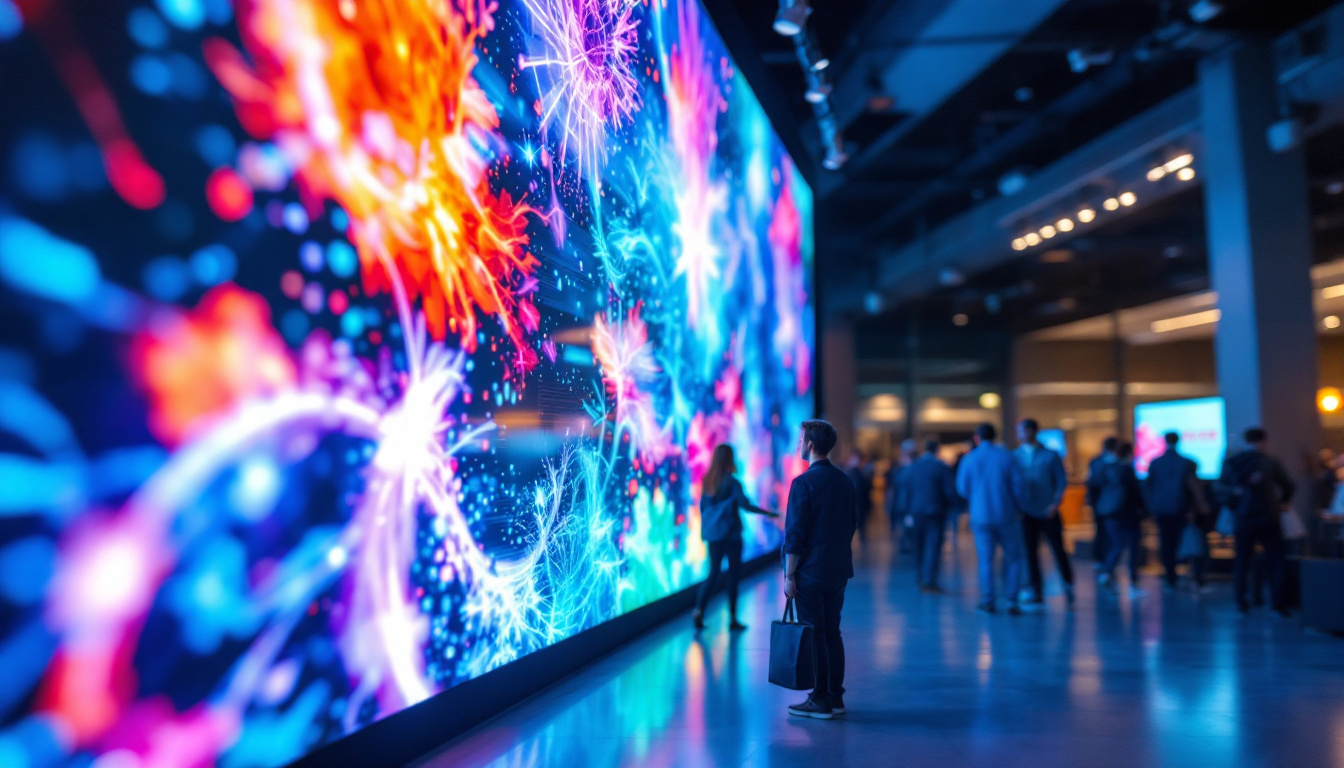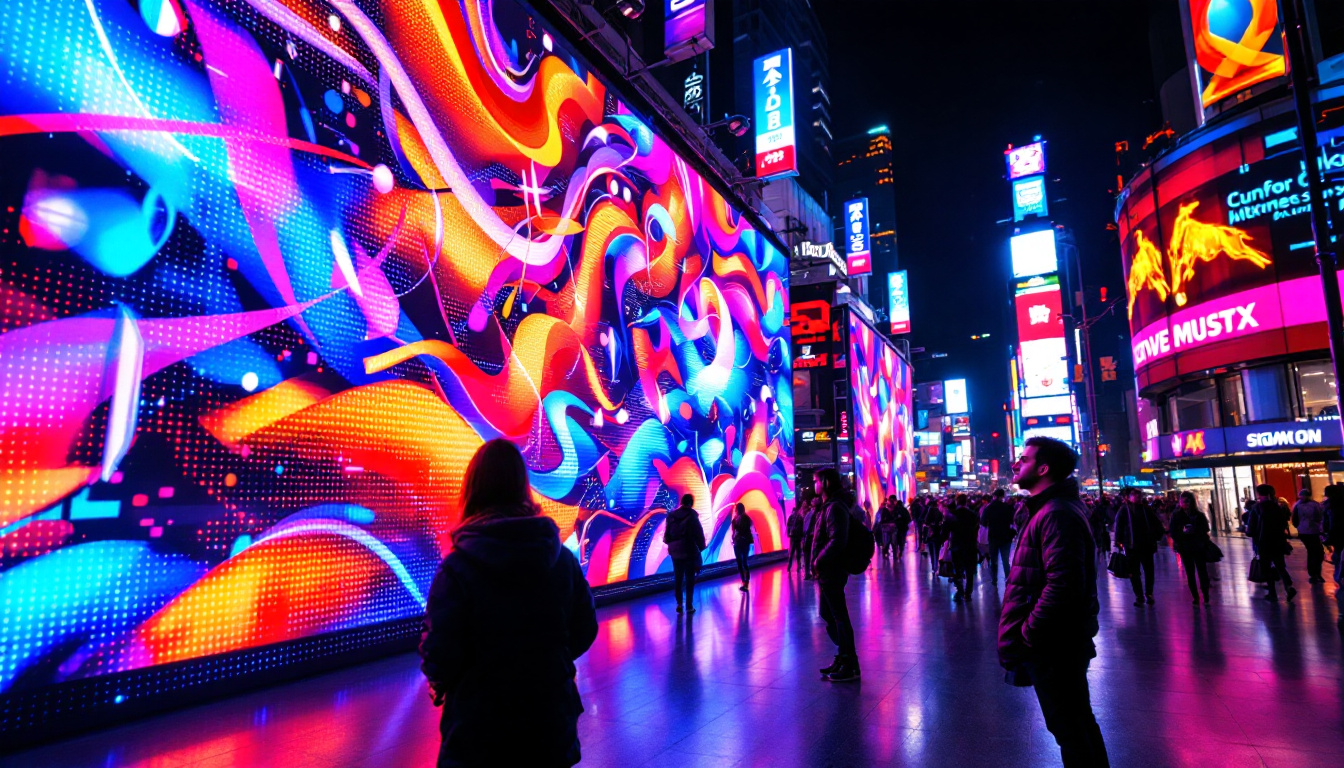In the rapidly evolving world of technology, the demand for efficient and versatile control systems is paramount. One such innovation that has gained significant traction is the All In One Controller, particularly in its application with LED displays. This article delves into the intricacies of All In One Controllers, focusing on their functionality, advantages, and the pivotal role they play in modern LED display systems.
Understanding All In One Controllers
An All In One Controller is a compact device designed to manage various functions within a single unit. This technology consolidates multiple control systems into one, simplifying operations and enhancing efficiency. In the context of LED displays, these controllers are essential for managing everything from brightness and color to content playback and scheduling.
The Components of an All In One Controller
At its core, an All In One Controller consists of several key components that work harmoniously to deliver seamless performance. These typically include:
- Microcontroller: The brain of the system, responsible for processing and executing commands.
- Input/Output Interfaces: These allow for connectivity with various devices, enabling data transfer and control.
- Power Supply: A reliable power source is crucial for maintaining consistent operation.
- Software: The user interface and programming capabilities that allow users to customize settings and manage content.
Each component plays a vital role in ensuring that the All In One Controller operates effectively, providing users with a robust solution for managing their LED displays. Additionally, many modern controllers incorporate wireless technology, allowing for Bluetooth or Wi-Fi connectivity. This feature not only enhances the user experience by enabling remote management but also facilitates easier integration with other smart devices and systems, paving the way for a more interconnected environment.
How All In One Controllers Work
The operation of an All In One Controller is relatively straightforward. When a user inputs a command, the microcontroller processes this information and sends signals to the appropriate components. For instance, if a user wishes to change the brightness of an LED display, the controller adjusts the power supplied to the LEDs accordingly.
Moreover, these controllers often come equipped with advanced features such as remote access and programmable settings. This allows users to manage their displays from anywhere, making it easier to update content or adjust settings in real-time. Furthermore, many All In One Controllers support various multimedia formats, enabling users to showcase videos, images, and animations seamlessly. This versatility is particularly beneficial for businesses looking to create dynamic advertising campaigns or engaging presentations, as it allows for a more captivating viewer experience.
In addition to their multimedia capabilities, All In One Controllers often include built-in diagnostics and monitoring tools. These features enable users to track performance metrics, identify potential issues, and ensure optimal operation over time. By providing insights into the health of the LED display system, these controllers contribute to proactive maintenance, reducing downtime and extending the lifespan of the equipment.
Benefits of Using All In One Controllers with LED Displays
Integrating an All In One Controller with LED displays offers numerous advantages that can significantly enhance the user experience. Below are some of the most notable benefits:
1. Simplified Management
One of the primary advantages of using an All In One Controller is the simplification of management tasks. By consolidating multiple control functions into a single device, users can easily manage their LED displays without the need for multiple controllers or complex setups. This streamlining reduces the risk of errors and saves valuable time. Additionally, many All In One Controllers come with user-friendly interfaces and intuitive software, making it accessible even for those who may not have extensive technical knowledge. This ease of use can empower staff members to take charge of display management, fostering a more collaborative environment.
2. Cost-Effectiveness
Investing in an All In One Controller can lead to significant cost savings. By eliminating the need for multiple devices, users can reduce both initial investment costs and ongoing maintenance expenses. Furthermore, the enhanced efficiency of these controllers can lead to lower energy consumption, further contributing to cost savings over time. Businesses can also benefit from reduced downtime, as the reliability of an integrated system minimizes the chances of technical failures that can disrupt operations. Over the lifespan of the equipment, these savings can add up, allowing for reinvestment into other areas of the business.
3. Enhanced Flexibility
All In One Controllers offer unparalleled flexibility in managing LED displays. Users can easily switch between different content types, adjust settings, and schedule presentations with just a few clicks. This adaptability is particularly beneficial for businesses that require dynamic content changes, such as advertising agencies or event organizers. Moreover, many modern controllers support various media formats, enabling users to incorporate videos, images, and animations seamlessly. This capability allows for more engaging and visually appealing presentations, which can capture the attention of audiences more effectively. Additionally, the ability to remotely manage displays from different locations adds another layer of convenience, making it easier to respond to real-time changes or emergencies.
Applications of All In One Controllers in LED Displays
The versatility of All In One Controllers makes them suitable for a wide range of applications in various industries. Below are some common use cases:
1. Advertising and Marketing
In the advertising sector, All In One Controllers are instrumental in managing digital signage. Businesses can display promotional content, advertisements, and announcements in real-time, ensuring that their messaging is always relevant and engaging. The ability to update content remotely allows advertisers to react quickly to market changes or special events.
2. Events and Entertainment
For events such as concerts, trade shows, and conferences, All In One Controllers facilitate the management of LED displays used for visual effects and information dissemination. Event organizers can easily coordinate lighting, video playback, and other visual elements, creating a cohesive and immersive experience for attendees.
3. Transportation and Public Information
All In One Controllers are also widely used in transportation systems, such as airports and train stations. They manage LED displays that provide real-time information on arrivals, departures, and delays. This functionality enhances passenger experience by ensuring that critical information is readily available and easily understood.
Choosing the Right All In One Controller for LED Displays
Selecting the appropriate All In One Controller for a specific LED display application requires careful consideration of several factors. Here are some key points to keep in mind:
1. Compatibility
Before purchasing an All In One Controller, it is crucial to ensure that it is compatible with the specific LED display being used. This includes checking the supported resolutions, communication protocols, and input/output options. Compatibility ensures that the controller can effectively manage the display without any issues.
2. Features and Functionality
Different All In One Controllers come with varying features and capabilities. It is essential to assess the specific needs of the application and choose a controller that offers the necessary functionalities. For instance, if remote access is a priority, selecting a controller with robust networking capabilities is vital.
3. User Interface
The usability of the controller’s interface is another critical factor. A user-friendly interface can significantly enhance the overall experience, making it easier for operators to manage the LED display. Look for controllers that offer intuitive software and clear navigation options.
Future Trends in All In One Controllers and LED Displays
The landscape of All In One Controllers and LED displays is continuously evolving, driven by technological advancements and changing user needs. Here are some emerging trends to watch for in the coming years:
1. Integration with IoT
The Internet of Things (IoT) is set to revolutionize the way All In One Controllers operate. By integrating with IoT devices, these controllers can leverage real-time data to optimize performance and enhance user experience. For example, they could automatically adjust display settings based on environmental conditions or user interactions.
2. Enhanced Interactivity
As consumer expectations evolve, the demand for interactive displays is on the rise. Future All In One Controllers may incorporate advanced features such as touch capabilities, gesture recognition, and augmented reality integration. This shift will allow businesses to create more engaging and immersive experiences for their audiences.
3. Sustainability Initiatives
With growing awareness of environmental issues, there is an increasing focus on sustainability in technology. Future All In One Controllers may prioritize energy efficiency and eco-friendly materials, aligning with global efforts to reduce carbon footprints. This trend will not only benefit the environment but also appeal to consumers who value sustainability.
Conclusion
The All In One Controller has emerged as a vital component in the management of LED displays, offering a range of benefits that enhance efficiency, flexibility, and cost-effectiveness. As technology continues to advance, these controllers will play an even more significant role in various industries, from advertising to public information systems.
By understanding the functionalities, applications, and future trends of All In One Controllers, businesses can make informed decisions that optimize their LED display systems. The integration of these controllers not only simplifies management but also opens up new possibilities for creativity and engagement in visual communication.
In conclusion, the All In One Controller represents a significant leap forward in the realm of LED display technology, paving the way for innovative applications and enhanced user experiences in the digital age.
Discover LumenMatrix’s Advanced LED Solutions
Ready to elevate your visual communication with the latest in LED technology? Explore LumenMatrix’s comprehensive suite of LED display solutions, designed to captivate your audience and amplify your message. From Indoor and Outdoor LED Walls to innovative Vehicle and Sports Displays, our products are crafted to deliver unparalleled clarity and impact. Experience the future of digital signage with our All-in-One LED Displays and other custom solutions. Check out LumenMatrix LED Display Solutions today and transform your space into a dynamic visual experience.

